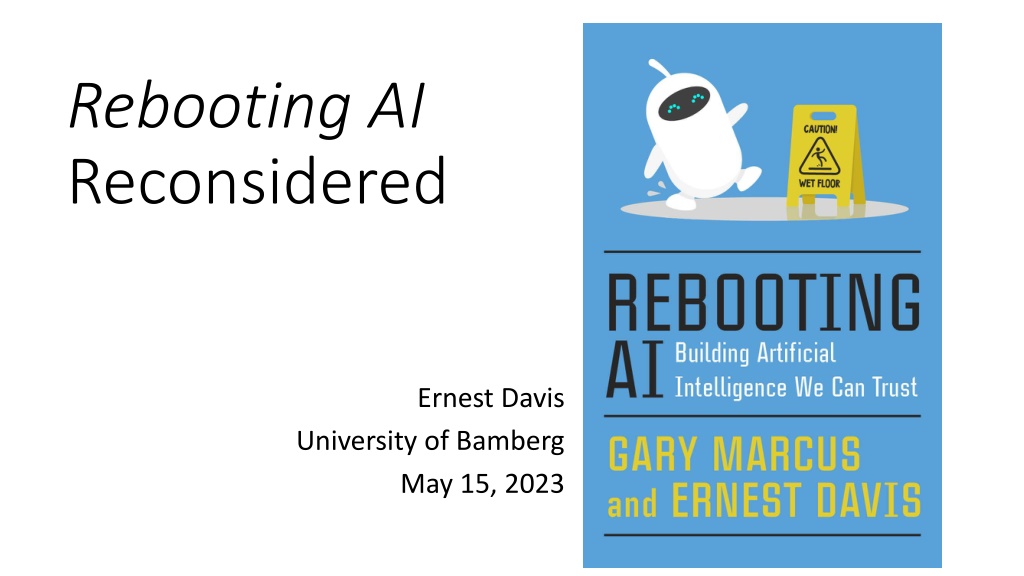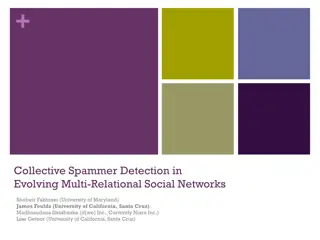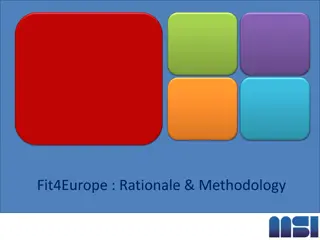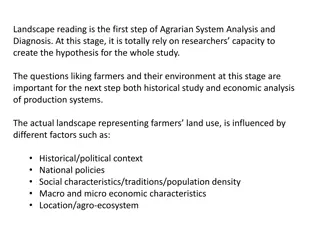The Evolving Landscape of AI: An Overview
Dramatic advancements in AI technology like GPT and DALL-E have led to increased public awareness and concerns. While robotics and computer vision have made steady progress, challenges remain in areas like commonsense reasoning and integration with existing knowledge. Unexpected issues such as intellectual property theft and secretive AI developments pose new challenges. The relevance of the book "Rebooting AI" may be partially outdated in terms of technical descriptions, but current AI technology still has reliability issues in solving complex problems.
Download Presentation

Please find below an Image/Link to download the presentation.
The content on the website is provided AS IS for your information and personal use only. It may not be sold, licensed, or shared on other websites without obtaining consent from the author. Download presentation by click this link. If you encounter any issues during the download, it is possible that the publisher has removed the file from their server.
E N D
Presentation Transcript
Rebooting AI Reconsidered Ernest Davis University of Bamberg May 15, 2023
Rebooting AI Reconsidered Gary Marcus and I finished writing Rebooting AI in January 2019. What in AI has changed since then? What remains the same?
Dramatic changes Dramatically more powerful technology for language (GPT) and image generation (DALL-E, Image Diffusion). Enormously increased public awareness, use, hopes, and apprehension. Increased concern about AI risk among experts.
Significant changes Steady progress in other areas of AI: robotics, computer vision, some forms of automated reasoning. Many successful applications of deep learning technology. Some significant applications of large language models: e.g. writing computer code. Potential for more. But nothing hugely impactful yet. (As compared, for example, to the impact that self-driving cars were expected to have; or compared to the impact of the WWW in the four years 1992-6.) Increased interest in neuro-symbolic AI.
Challenges that remain Robotics and vision are far from solved. Understanding extended inputs: reading a textbook or a novel, watching a full-length movie. Tracking the state of the world (keeping up with the news). Many aspects of commonsense reasoning. Planning, complex reasoning. Integration with other computer software. Integration with pre-existing domain or task knowledge. Reliable AI, in situations where that is required.
Problems that were not anticipated Hallucinations have replaced nonsense. Intellectual property theft Jail breaks Major AI developments are increasingly secretive. Arms race between major AI labs, leading to widescale deployment of unreliable software.
How out of date is Rebooting AI? Outdated: Some of our technical descriptions of the technology. Outdated: Current AI technology can solve many or most of the specific examples that we discussed, staying very largely within tabula rasa, Deep Learning technology. Still valid: However, they are not solved reliably. One can find similar examples where the current technology fails. Perhaps outdated: Some evidence (debatable) that current AI achieves some degree of compositionality and (quite doubtful) that it constructs world models. Still valid: However, these are certainly not achieved robustly.
Bottom line AI has increased much more in power and widespread use than in reliability. So the problem of building trustworthy AI is not much closer to being solved, but it has become much more URGENT.

















































